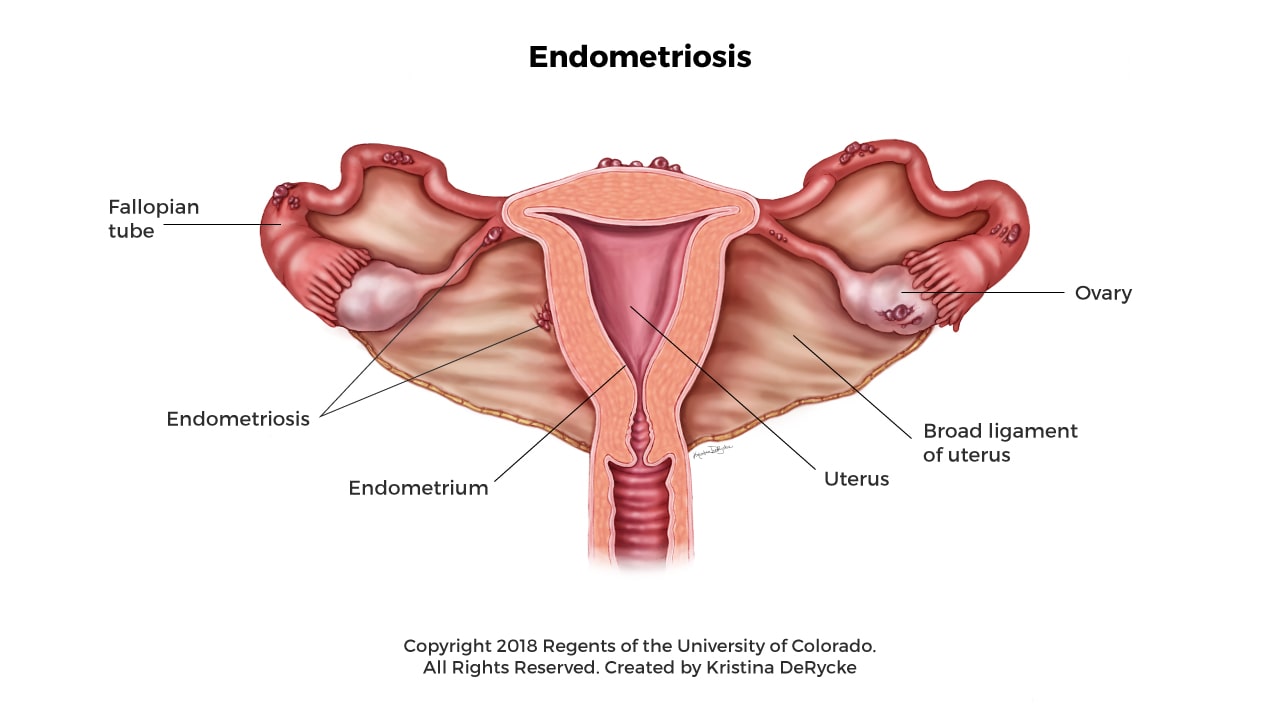EndometrIoma Treatment

What is Endometrial Biopsy?
The inner lining of the uterus is called the endometrium, and the procedure of taking a sample from this layer is called an endometrial biopsy. A biopsy means taking a "sample" of endometrial tissue for pathological examination under a microscope.
The health of the endometrium is a crucial factor that regulates the menstrual cycle and prevents abnormal bleeding. When a disease affects part or all of the endometrium or when this layer is altered by a specific condition, unexpected or prolonged bleeding may occur. Endometrial polyps, irregular thickening, uterine cancer, or precancerous lesions can lead to abnormal bleeding. The procedure used to determine the cause of these bleedings in women is called endometrial biopsy.
Why is an Endometrial Biopsy Performed?
This biopsy is performed for various reasons, including determining the causes of abnormal uterine bleeding, such as postmenopausal bleeding or irregular menstrual cycles. In such cases, doctors examine the cellular characteristics and anatomy of the endometrium to identify the source of the bleeding.
The endometrial biopsy is also used to detect the presence of cancerous or precancerous cells in the uterine tissue. It is an important diagnostic tool, particularly for women at risk of uterine cancer. It can also be used to diagnose endometrial thickening or the presence of polyps in the uterus.
Additionally, it is employed to evaluate the effectiveness of hormone therapies and analyze how the endometrium responds to hormonal changes, which is frequently applied to women dealing with infertility. In summary, the endometrial biopsy is a key tool in diagnosing many gynecological diseases and provides doctors with valuable information to determine an appropriate treatment plan.
How is an Endometrial Biopsy Performed?
The collection of endometrial tissue can be performed in a medical office or hospital. It is often carried out using a hysteroscope, a thin device with a light source that allows the doctor to observe the inside of the uterus. During the procedure, the doctor may decide to enlarge the cervix using medications.
Various anesthesia techniques may be applied during the uterine biopsy, and the doctor will determine the most appropriate method. In cases of general anesthesia, medications are administered intravenously or via a mask to keep the patient unconscious during the procedure.
If no anesthesia is administered, the patient remains conscious, and local anesthesia is applied around the cervix to perform the biopsy. The patient is placed in a gynecological position, and a speculum is inserted into the vagina to access the cervix. Then, an instrument called a curette is inserted into the uterus to take a sample of endometrial tissue. This sample is sent to the laboratory for pathological analysis.
Why Take a Uterine Tissue Sample?
Taking an endometrial tissue sample helps detect certain uterine diseases. This examination, called curettage or biopsy, assists in diagnosing the following conditions:
- Abnormal bleeding: Identifying the causes of excessive or irregular bleeding, particularly after menopause.
- Infertility: Checking whether the endometrium is suitable for sustaining a pregnancy.
- Endometrial hyperplasia: Analyzing the thickening of the uterine lining.
- Endometrial carcinoma: Detecting cancerous cells in case of suspected cancer.
What Should Be Monitored After an Endometrial Biopsy?
- Avoid sexual intercourse for a few days after the procedure.
- Maintain adequate hydration to support recovery.
- Avoid intense physical activities and heavy lifting.
- Ensure good vaginal hygiene to reduce the risk of infection.
- Consult a doctor in case of heavy bleeding, severe pain, or signs of infection.
The endometrial biopsy plays a crucial role in the early detection of gynecological diseases and allows for the adoption of an appropriate treatment to preserve uterine health.




